Hello friends How are you all?How are your families members? I Hope your familiar and you all of staying with happyly safely and storng by the grace of God.I am too much great by the grace of My God.
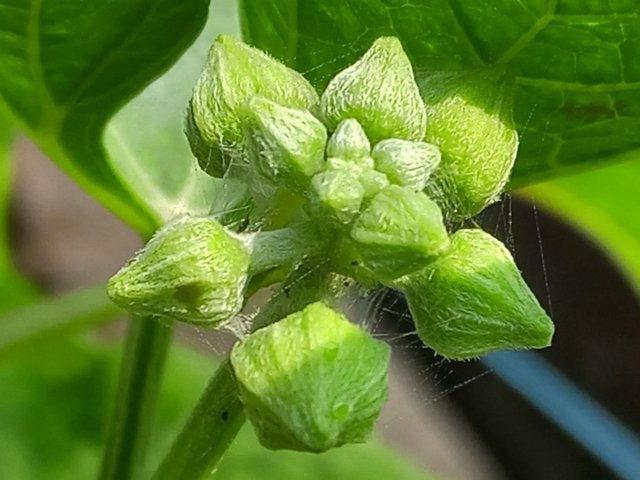
Introduction:
Nestled in lush meadows and mountain slopes, the delicate and vibrant Dundol flowers bloom in harmony with nature, captivating the hearts of photographers and nature enthusiasts alike. In this blog post, we will embark on a journey to explore the enchanting world of Dundol flower photography, from understanding their unique characteristics to mastering techniques for capturing their beauty in stunning images.
Understanding Dundol Flowers:
Dundol flowers, also known as globe amaranths or gomphrenas, are native to tropical regions and are characterized by their globe-shaped clusters of small, brightly colored flowers. These resilient blooms come in a variety of hues, including shades of pink, purple, white, and red, adding a pop of color to any landscape. Dundol flowers symbolize longevity, immortality, and everlasting love, making them a popular choice for floral arrangements and garden decorations.
Equipment and Gear:
When photographing Dundol flowers, it's essential to have the right equipment to capture their intricate details and vibrant colors effectively. A DSLR or mirrorless camera with a macro lens is ideal for close-up shots, allowing you to capture the fine textures and subtle nuances of the flowers with precision. Additionally, a tripod can help stabilize your camera and ensure sharp, clear images, especially in low-light conditions or when using slow shutter speeds.
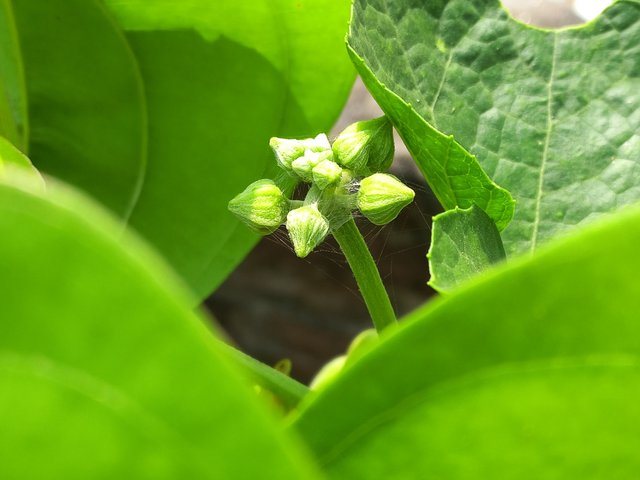
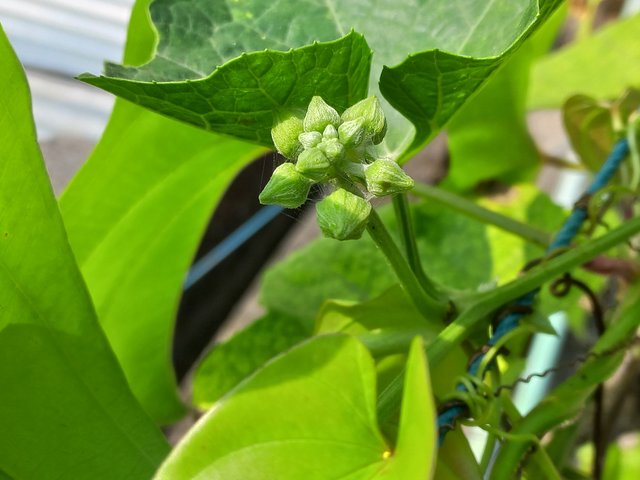
Techniques for Dundol Flower Photography:
Choose the right time of day: Dundol flowers look their best when photographed in soft, diffused light. Aim to shoot during the golden hours of early morning or late afternoon when the sunlight is warm and gentle, casting soft shadows and adding dimension to your images. Avoid harsh midday sun, which can create harsh shadows and wash out the colors of the flowers.
Experiment with composition: Get creative with your compositions by experimenting with different angles, perspectives, and framing techniques. Consider shooting from different heights and vantage points to highlight the unique shapes and patterns of the Dundol flowers. Incorporate elements such as leaves, branches, or other flowers to add visual interest and context to your images.
Focus on the details: Dundol flowers are known for their intricate details and delicate petals. Use a shallow depth of field to isolate individual flowers or clusters, blurring the background and drawing attention to the focal point of your image. Take the time to focus carefully on the most prominent features of the flowers, such as the center of the bloom or the texture of the petals, to create captivating close-up shots.
Experiment with depth of field: Play with different apertures to control the depth of field in your images. A wide aperture (low f-stop) creates a shallow depth of field, blurring the background and emphasizing the subject, while a narrow aperture (high f-stop) increases depth of field, keeping more of the scene in focus. Experimenting with depth of field allows you to create unique and visually striking compositions that highlight the beauty of the Dundol flowers.
Tips for Finding Dundol Flowers:
Research local habitats: Dundol flowers can be found in a variety of habitats, including meadows, gardens, and mountain slopes. Research local botanical gardens, parks, or nature reserves where Dundol flowers are known to grow and bloom, and plan your photography expedition accordingly.
Be patient and observant: Dundol flowers bloom at different times of the year depending on the climate and location. Be patient and observant while exploring potential photography locations, keeping an eye out for signs of blooming flowers such as vibrant colors, clustered blooms, or pollinating insects.
Respect nature: When photographing Dundol flowers in their natural habitat, remember to respect the environment and follow Leave No Trace principles. Avoid trampling on delicate plants or disturbing wildlife, and take care to leave the area as you found it for others to enjoy.
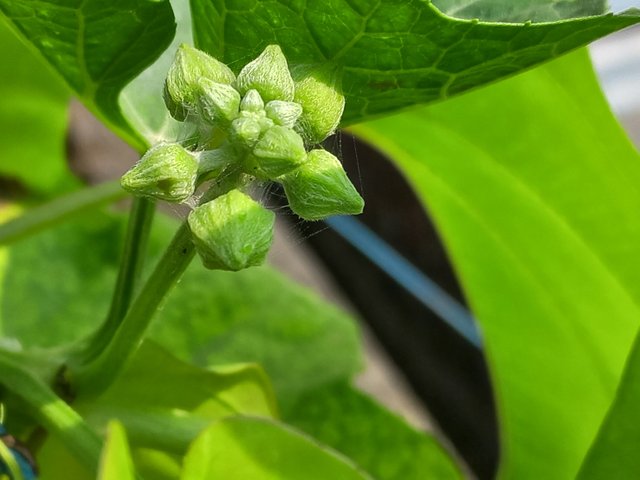
Post-Processing and Editing:
Once you've captured your Dundol flower images, take the time to post-process and edit them to enhance their visual appeal. Adjustments such as cropping, exposure correction, and color enhancement can help bring out the beauty of the flowers and create visually stunning images. Experiment with different editing techniques to achieve the desired look and feel for your photographs while staying true to the natural beauty of the Dundol flowers.
Conclusion:
Dundol flower photography offers a unique opportunity to capture the beauty and elegance of these resilient blooms in stunning detail. By understanding their unique characteristics, mastering essential techniques, and respecting their natural habitat, photographers can create captivating images that celebrate the timeless allure of Dundol flowers. So grab your camera, venture into the great outdoors, and let the magic of Dundol flower photography unfold before your lens.
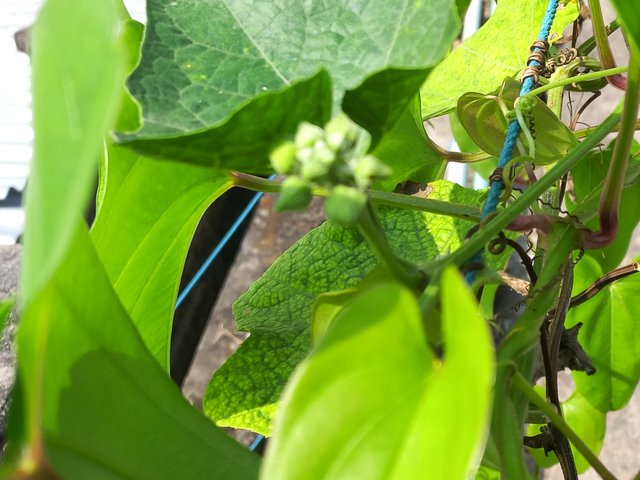
Upvoted! Thank you for supporting witness @jswit.
Downvoting a post can decrease pending rewards and make it less visible. Common reasons:
Submit
Downvoting a post can decrease pending rewards and make it less visible. Common reasons:
Submit